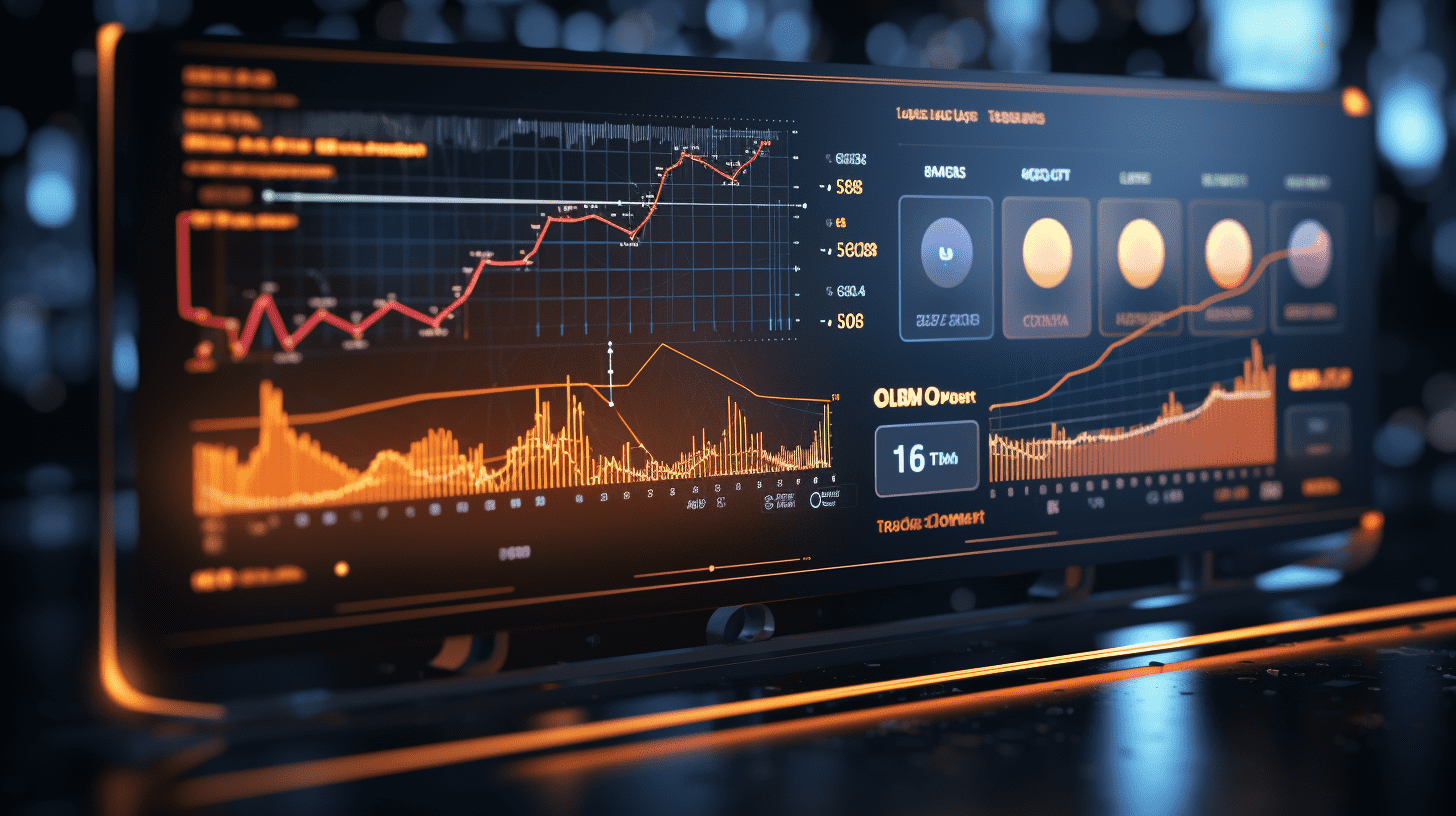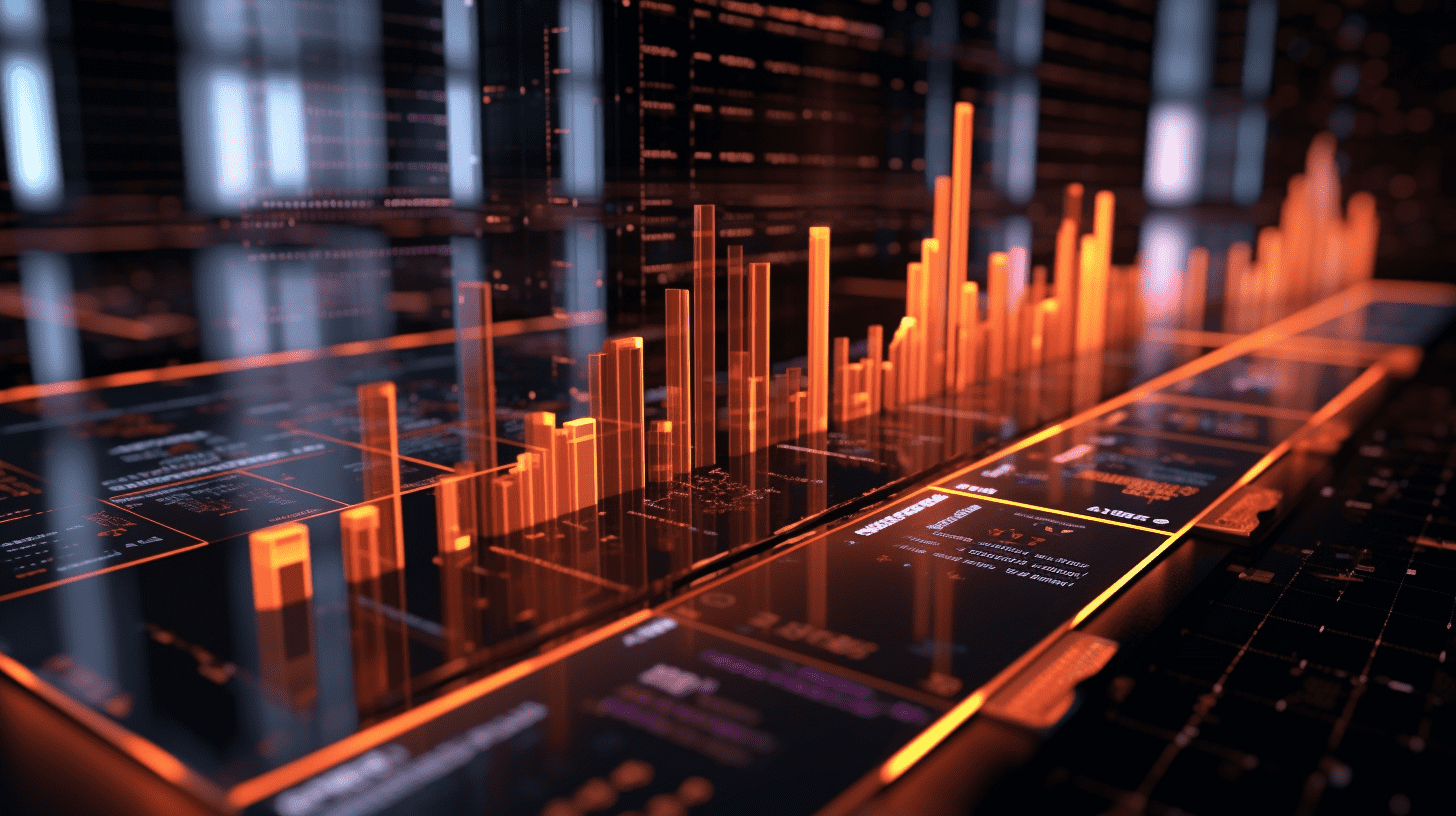
Market frenzy! US core CPI slightly lower than expected in December, increasing expectations of interest rate cuts.
In December, the year-on-year unadjusted CPI in the United States rose to 2.9%, rebounding for the third consecutive month, hitting a new high since July 2024, in line with market expectations and up from the previous value of 2.7%. The core CPI in December recorded a year-on-year unadjusted rate of 3.2%, the lowest since August 2024, with market expectations at 3.3%.
Following a 0.4% increase in November, the food index rose by 0.3% in December. Four out of six major grocery store food indices rose in December. The grains and bakery products index rose by 1.2% after a 1.1% decline in November. The meat, poultry, fish, and egg index rose by 0.6% in December, with the egg index up by 3.2%. Other household food index rose by 0.3% in December, while the dairy and related products index rose by 0.2%.
The energy price index rose by 2.6% in December following a 0.2% increase in November. The gasoline price index rose by 4.4% in the same month. (Before seasonal adjustments, gasoline prices fell by 1.1% in December.) The natural gas price index rose by 2.4% in December, with the electricity price index up by 0.3%.
In December of last year, the rate of increase in U.S. housing costs slowed, rising by 0.26% overall, the smallest increase in three months. The "owners' equivalent rent" component, which measures homeowner costs, rose by 0.31%, accelerating from November, but still much more moderate than in most of the past few years. Another major component is rent, which rebounded in December compared to November, with an increase of 0.31% compared to 0.21%, but still weaker than in most of the inflationary periods seen after the COVID-19 pandemic. Overall, there are signs of a slowdown in housing inflation at present.
The health care price index rose by 0.1% in December after increases of 0.3% in October and November. The physician services price index and hospital services price index rose by 0.1% and 0.2% in December, respectively. The airline ticket price index rose by 3.9% in December, up from 0.4% the previous month. The used car and truck price index rose by 1.2% in December, with the new car price index rising by 0.5%.
Other indices that rose in December include automobile insurance, entertainment, clothing, and education items. On the other hand, the personal care industry index fell by 0.2% in December, compared to a rise of 0.4% in November. The price index for alcoholic beverages also declined.
Of note is the Fed's favorite CPI measure - the super core or services CPI excluding housing - which rose by 0.28% month-on-month (annual inflation rate slowing to 4.17%).
After the unexpected cooling in year-on-year core CPI following the CPI data release, investors are currently in a buying mode. Rate futures traders have increased their bets on a Fed rate cut in June, raising the possibility of a second rate cut by the Fed in 2025. The U.S. 2-year Treasury yield, sensitive to Fed policy rates, fell further after the inflation data release, dropping by 6.5 basis points to 4.299%. The DXY index of the U.S. dollar fell by over 40 points in the short term, to 108.74. Spot gold rose by nearly $10 in the short term, now at $2691.09 per ounce. The price of bitcoin rose by nearly $2000 after the report was released, rising by over 2% in the past 24 hours, breaking through the $99,000 mark. U.S. stock index futures rose sharply in the short term, all up by more than 1%.
However, a strong economy, threats of widespread tariffs on imported goods, and large-scale deportation of undocumented immigrants will likely lead the Fed to make smaller rate cuts this year. In addition, Trump has promised tax cuts, which will stimulate the economy; consumer inflation expectations surged in January, with households concerned that tariffs will raise prices of goods.
Bloomberg analyst Chris Anstey stated that the CPI data is good news for the Fed, but given the strong momentum in the labor market, it is difficult to see rate cuts returning to the picture. The most likely scenario is that it will take a few months of progress on inflation for the Fed to consider further rate cuts.
Although economists expect smaller rate cuts this year, there is a divergence on whether the Fed will cut rates again before the second half of this year. Goldman Sachs expects two rate cuts this year, in June and December, down from the previous estimate of three rate cuts. Bank of America Securities believes the Fed's easing cycle has ended.
Peter Cardillo, Chief Market Economist at Spartan Capital Securities, also commented: "The overall CPI increase in the United States is disappointing. However, this may be due to food prices. The slight cooling of the year-on-year core CPI is good news. Regarding the CPI report for December, I don't think it will change the inflation outlook, nor do I think it will change the Fed's cautious stance. At present, the dollar is weakening, yields are falling, and the market may be focusing on core inflation. However, this report doesn't show much change. The most important thing is that inflation remains sticky."
RECOMMEND
©️2013 - 2025 GMT EIGHT Holdings. All Rights Reserved.
Contact: contact@gmteight.com


